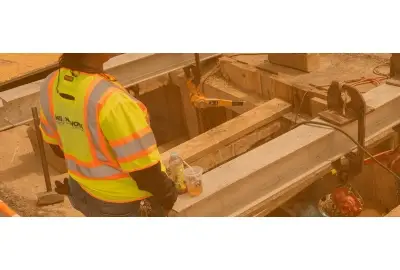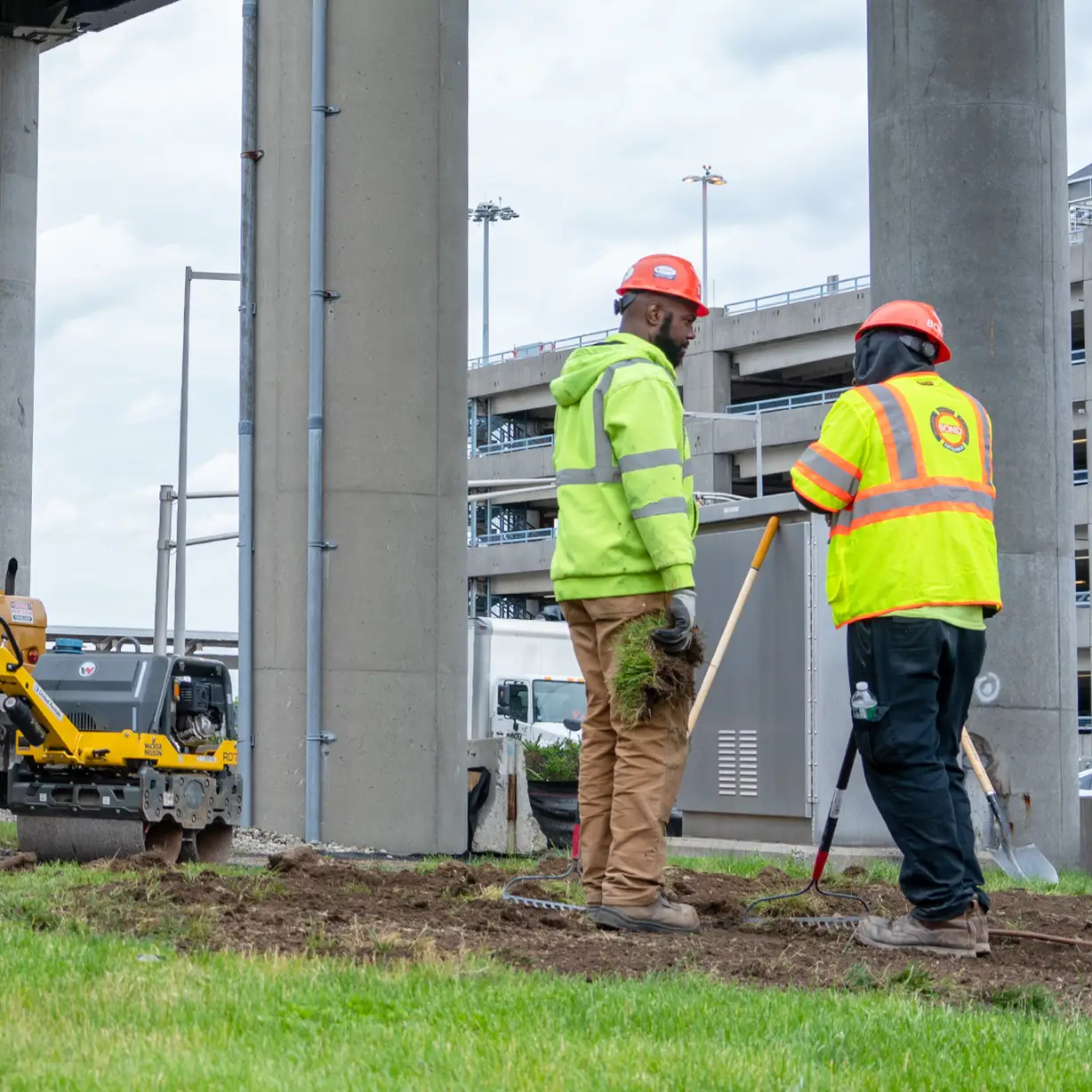Safety vests are a vital part of your personal protective equipment. Like any other safety gear, they require regular maintenance to ensure they remain effective and compliant with industry standards. Maintaining your safety vest includes checking for damage, cleaning it properly, storing it correctly, and knowing when to replace it. These steps may seem simple, but they are crucial to maintaining the integrity and effectiveness of your vest. Wearing a safety vest is essential for many jobs, but it's not enough to just put one on. The vest must be in good condition to offer maximum protection. Here are some basic tips for maintaining your safety vest: Cleaning your safety vest is similar to washing any other clothing. First, check the care label and follow the instructions. Most vests can be machine-washed with mild detergent. Fire-retardant vests will often indicate how many times they can be washed before the flame-resistant properties degrade. Before washing, shake off any dirt or debris. Remove any attachments or pins, and make sure all pockets are empty. After washing, hang the vest to dry—most will air dry quickly without any issues. You should replace your safety vest if it becomes torn, burned, or damaged in any way. Safety vests aren't like your favorite old shirt—they need to be replaced when they no longer meet safety standards. Keep an eye on the reflective strips. Over time, they can fade due to frequent washing and exposure to sunlight. If the reflectiveness is compromised, it's time for a new vest. If your vest has rip-away sections, these are designed to break away in case of entanglement. If they start failing, don’t try to repair them—replace the vest immediately. If your vest is flame-retardant and you’ve exceeded the recommended number of washes, it’s time to replace it. Any signs of wear or damage mean it’s no longer safe to use. Store your vest in a cool, dry place. Avoid leaving it in direct sunlight, such as in the back of a truck or on a dashboard, as this can degrade the reflective material over time. Avoid storing it near heat sources. Also, never ball it up and shove it into a bag—this can damage the reflective tape and reduce its visibility. Take the time to fold or hang it properly to extend its lifespan. Regular inspections are essential. Check your vest every time you wear it, just like you would with any other piece of safety equipment. It’s quick and easy, and it can save you from potential dangers. Look for any signs of damage, especially on the reflective tape. It should still be highly visible, without cracks, fading, or peeling. Check the fabric for holes or frayed seams, and make sure all fasteners are working properly. Make sure the zipper, Velcro, and other closures are functioning as intended. If a vest has been altered or repaired with staples, it should be taken out of service immediately. Finally, check the tag. If it’s missing or unreadable, the vest should not be used. All safety equipment needs clear labeling for compliance and accountability. If your vest isn’t providing enough visibility, consider upgrading to a higher-class vest. Class III vests have more reflective material and high-visibility fabric than Class II vests. If you already have a Class III vest, pair it with high-visibility clothing or Accessories. Headlamps and hard hat lights can also improve visibility in low-light conditions. Never alter your vest, as this could compromise its safety features. Always wear it as intended, and avoid wearing anything over it that might block the reflective material. There are safer ways to boost visibility without putting yourself at risk. While creating a formal schedule might be unnecessary for individual workers, it’s a great practice for companies aiming to maintain high safety standards. However, we’re not asking you to create a complex plan. Instead, focus on simple habits. Start by inspecting your vest every time you wear it. Make it a routine to check for wear and tear before each use. Also, stay ahead of wear and tear. If you notice signs of damage, begin the process of getting a replacement before the vest becomes unsafe. Keep track of how often you wash the vest and how long you've had it. Set reminders based on usage frequency. A general rule of thumb is to replace a vest after six months of regular use. You can set a calendar reminder or write it inside the vest itself to help keep track. OSHA requires workers to wear high-visibility safety gear depending on the job risks. This can include Class II or III vests, jackets, sweatshirts, or other approved gear. Different industries have different requirements, so always check what’s needed for your specific role. Employers are responsible for providing the necessary safety equipment. Many companies have stricter policies than OSHA, so always follow your company's guidelines. Remember, safety is a shared responsibility. Stay informed about your rights and your employer's obligations under OSHA regulations. If your vest fails inspection, switch to your backup vest immediately. If you don’t have one, notify your supervisor to get a replacement. If they can’t provide one, contact PowerPak for assistance. In certain areas, we offer same-day delivery for replacement vests and safety supplies. Custom-printed vests can be delivered within a week. Visit PowerPak.net to explore our selection or contact us directly for help. We’re here to support your safety needs.
This is our rubber Soccer Ball.Durable rubber construction for all surface use!We are a professional factory engaged in the production of various kinds of balls such as Basketball , soccer ball, Volleyball , American football.
Rubber Soccer Ball,Soccer Ball Rubber,Rubber Soccer,Rubber Football Ball,Cheap Price Rubber Soccer ball Jiangyin Mingde Sports Goods Co., Ltd. , https://www.mdsportsball.comSafety Vest Maintenance - A Comprehensive Guide

The Basics of Safety Vest Maintenance


Cleaning Your Safety Vest
When to Replace Your Safety Vest
Proper Storage of Your Safety Vest
Inspecting Your Safety Vest
What to Look for When Inspecting Your Safety Vest
How to Increase Visibility of Your Safety Vest
Maintenance Schedule for Your Safety Vest
OSHA Safety Vest Requirements


Failed Vest Inspection
Usage: Kids play/Entertainment / Promotion
Surface:Smooth surface/Golf surface/Pebble surface
Size
Weight(g)
Diameter(inch)
Packing(pcs/ctn)
Carton Size(cm)
G.W./N.W.(kg)
Size 5
400-430
8.65-8.9
50
53*31*40
22/20
Size 4
350-380
8-8.28
50
53*29*39
21/19
Size 3
300-340
7-7.27
50
47*37*31
18/16
Size 2
210-240
6.6.27
50
40*36*28
13/11
Safety Vest Maintenance - A Comprehensive Guide
Loading...
494 view(s)
Safety Vest Maintenance - A Comprehensive Guide